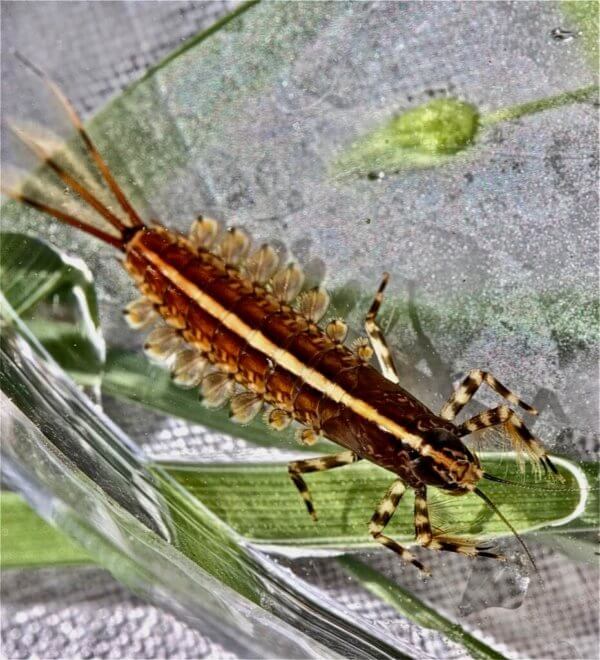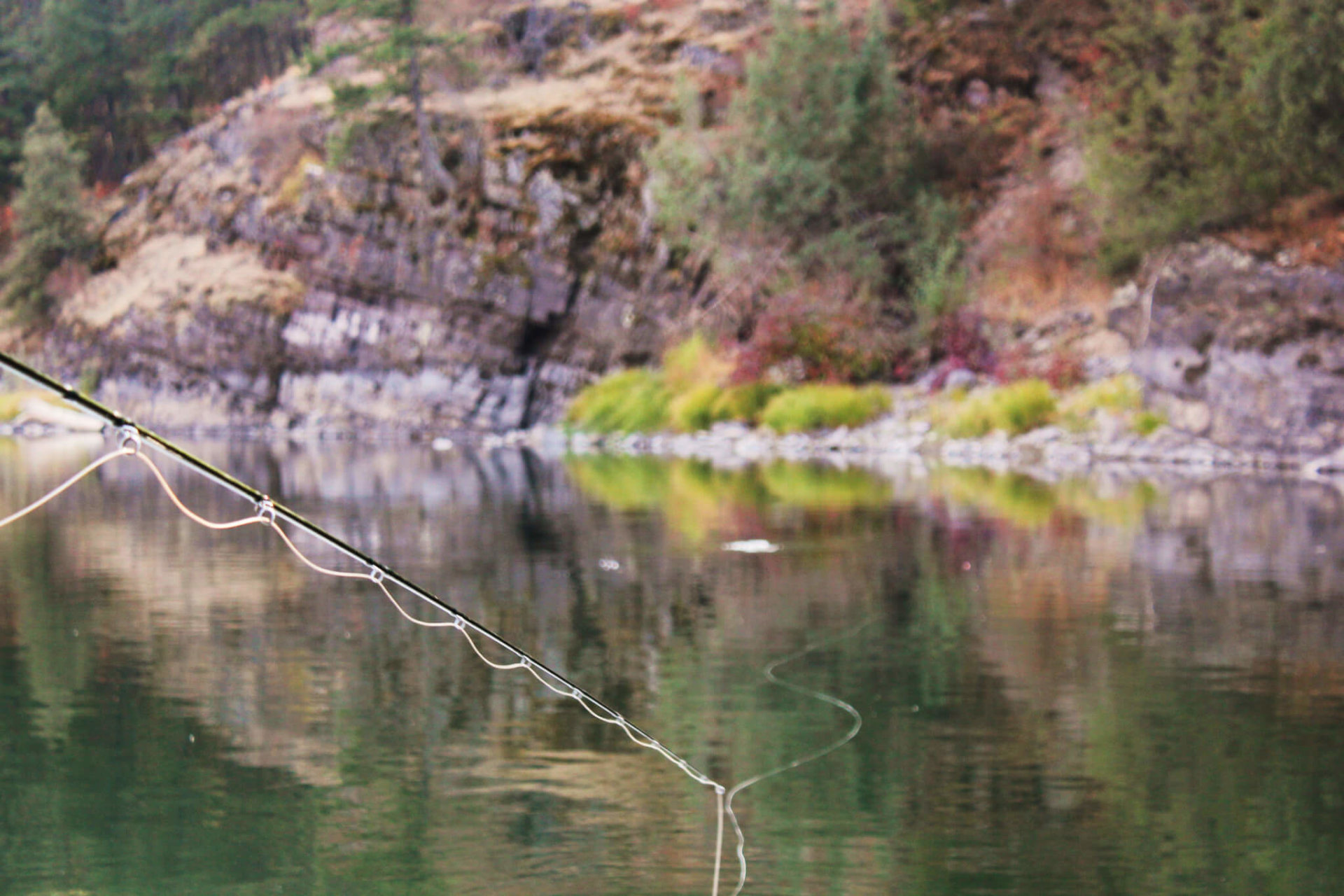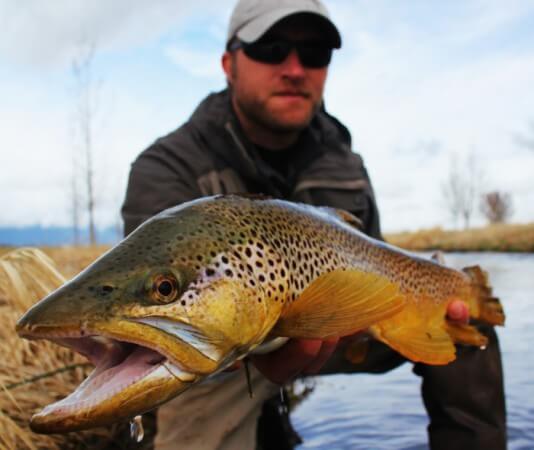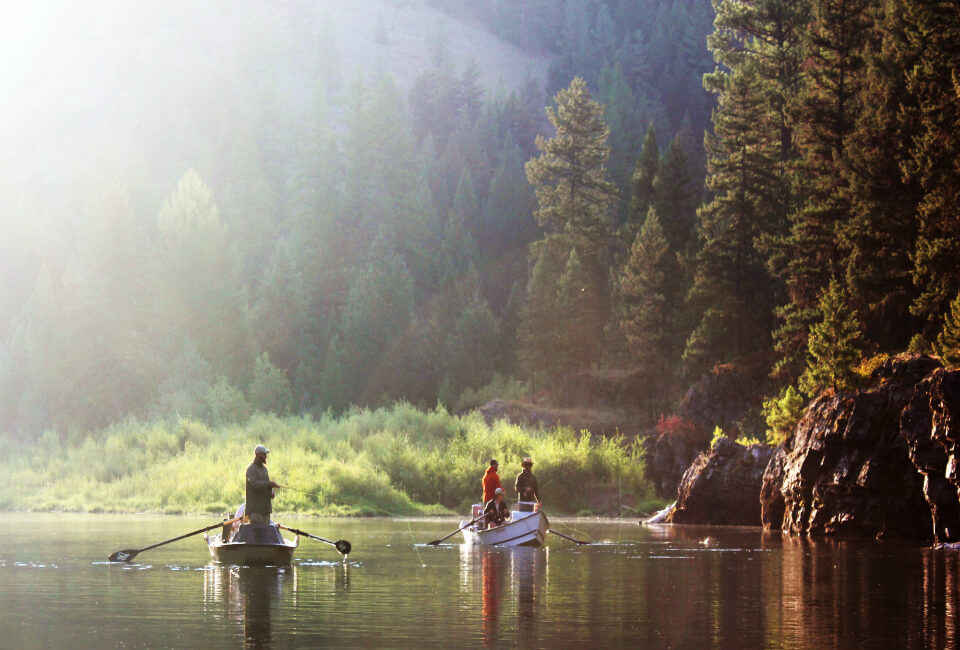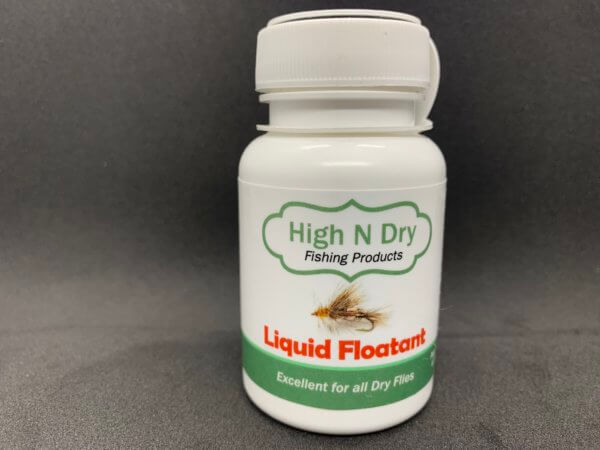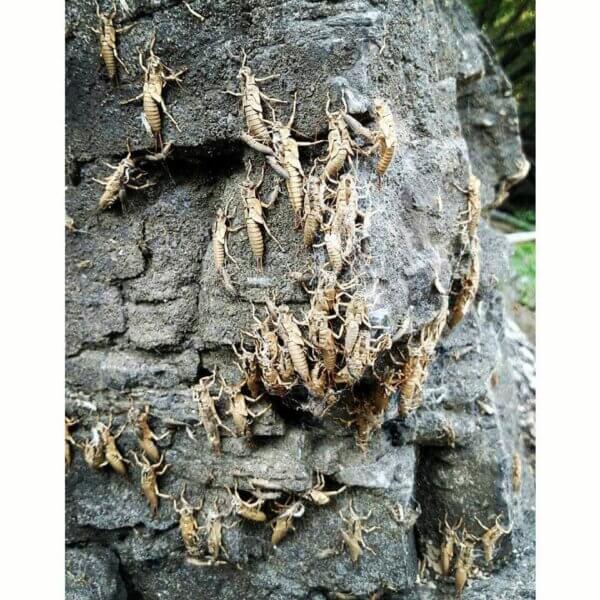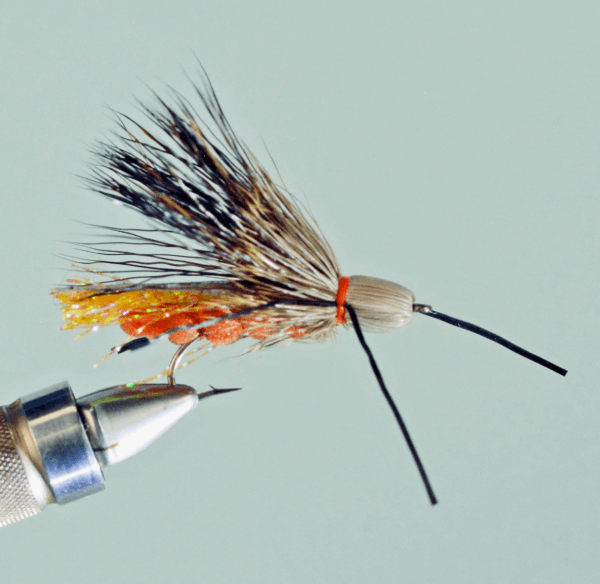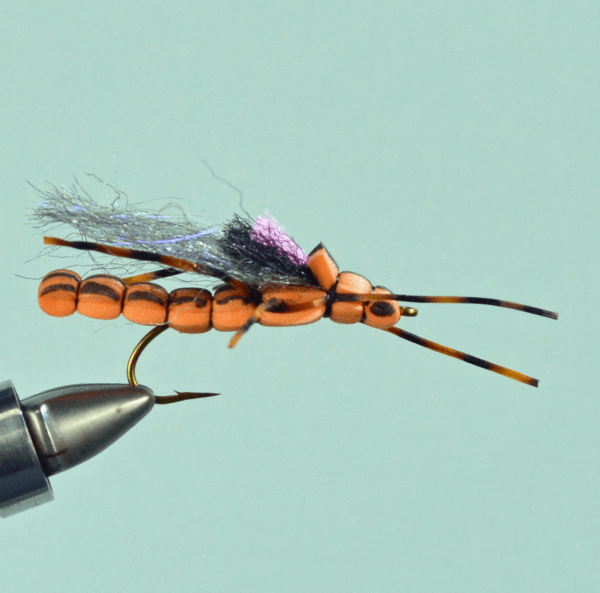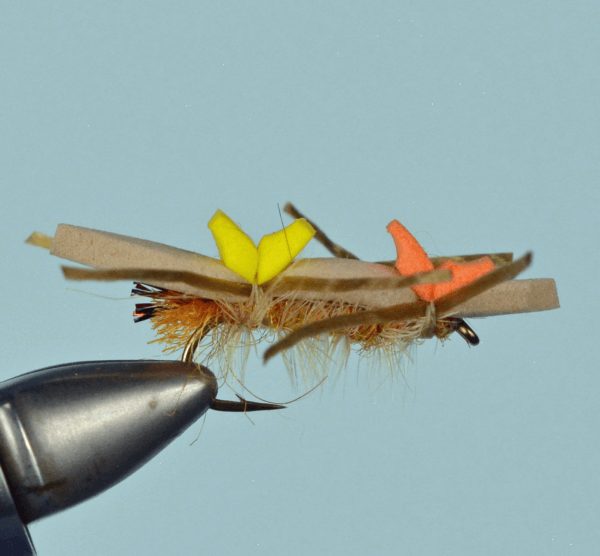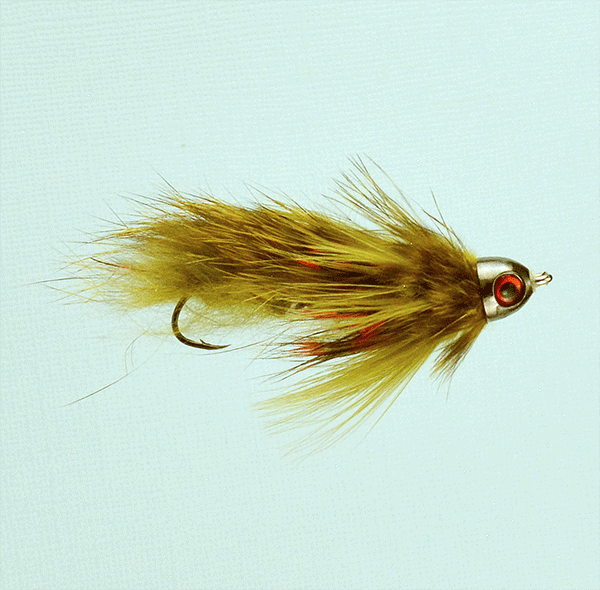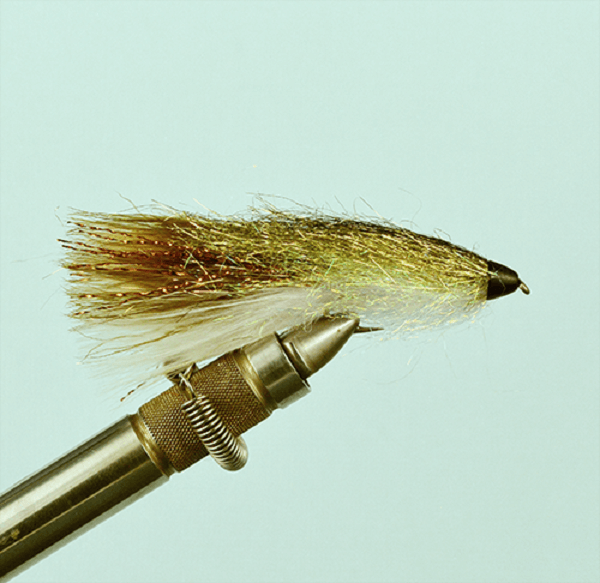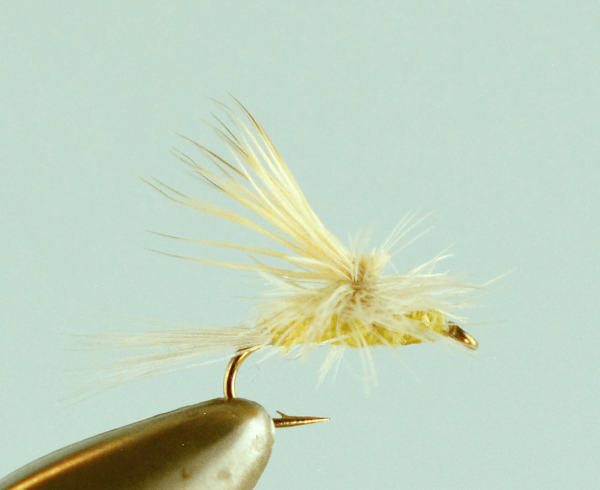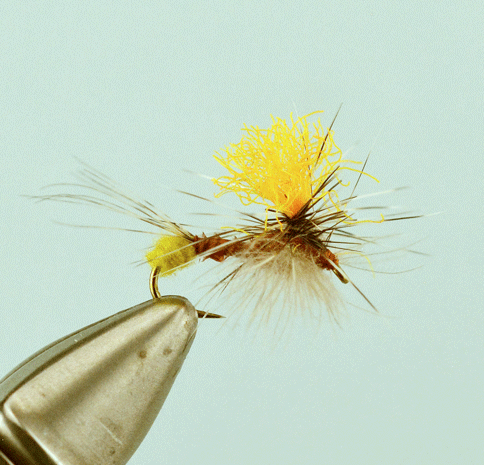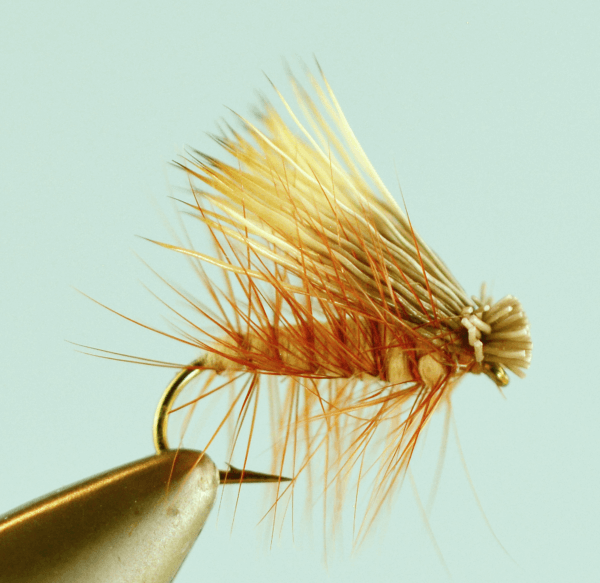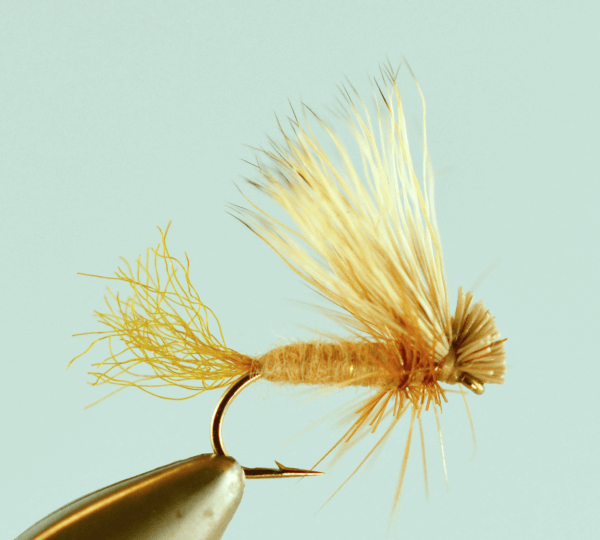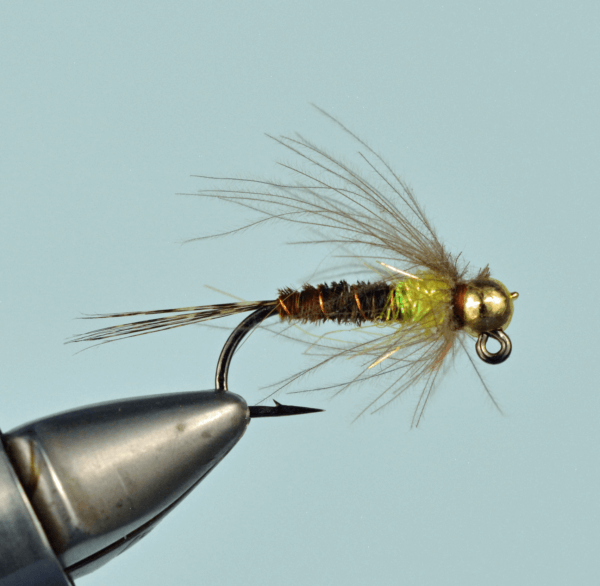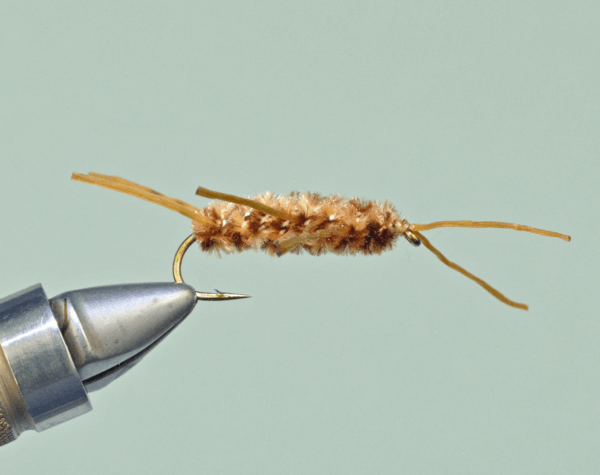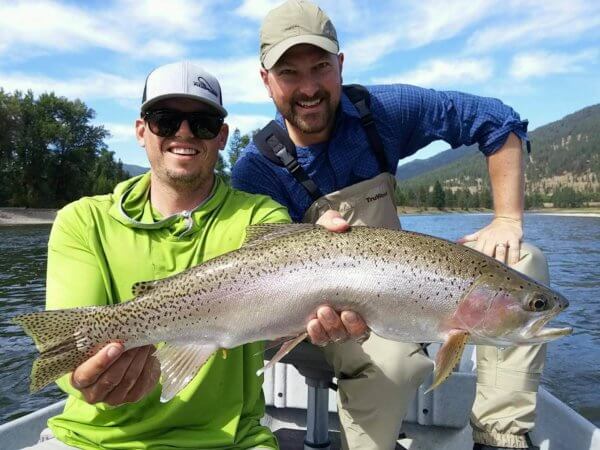In the low, clear water of summer, many anglers really focus on the surface action. Less water means less current, making a rise much more energy efficient. The fish are in clearly defined areas, and easy to prospect for. Clear water makes the dry fly appealing, and many anglers ply the surface all day, hoping for the slash to a hopper, spying the subtle sip of an ant or the plop of a beetle. Waning PMD’s, Tan Caddis and PED’s can keep your focus on top, but you’re missing out on where feeding fish are most of the time! Trout don’t like the sun- it hurts their eyes and makes them easy targets for predators. They want the bottom when the water is clear.
You see a single rise, and the adrenaline rushes. Rising fish! You stare at the rings, and wait for another rise, but it’s not happening. Missoula’s best fly fishing guides call this one and done. Whatever that fish came to the surface for, it seems to be a one off. No reason to stay and wait for another rise- it’s going to take a while to bring that fish back to the surface.
But you’ve learned something. There’s a hungry trout in that spot. An old phrase comes to mind, fish where the fish are! That fish has alerted you to its presence, and willingness to feed. Set yourself up with a nymph, and go after that hungry fish. The hard part is done. You know where it is, and know it’s feeding. Take advantage of what the trout tells you.
Low water nymphing can be as easy as rigging up a dry/dropper rig. Pick a high floating fly and tie it on the end of your leader. Check the depth of the holding water for your chosen fish, and use 1.5 times the depth as your dropper length. If you think the water is 2 feet deep, make sure your dropper is attached to three feet of leader. We strongly recommend fluorocarbon tippet for multiple reasons. It’s much denser than standard tippet, so it sinks faster. It’s as close to invisible underwater as you can get, and it’s extremely abrasion resistant. That’s important because banging the bottom with light tippet weakens its strength. We also recommend going with the lightest indicator you’re comfortable with. Additionally, if you’ve been fishing dries on a 12 foot leader, cut your leader back a bit to control your rig. Accuracy is critical, and if you’ve built a 16 foot leader with two flies on it, it can get pretty unwieldy.
There’s a huge difference in dry/dropper fishing, depending if you’re in a boat or wading. When floating, you’re less worried about landing the fly in the water, and more worried about the floatation of the dry. With good mending, you may get a 100 yard drift from a boat, and your dry fly needs to have sufficient buoyancy to handle repeated mends. The Morrish Hopper, Plan B or Chubby Chernobyl provide exceptional floatation, recovering from the mend and resurfacing to maintain your drift.
There are two distinct ways to low water nymph for the wade fisherman. The first is to go dry/dropper, or run an indicator and two nymphs. Using a high floating fly/indicator, the angler casts to likely water, mending as needed. The indicator returns to the surface when mended, keeping the nymph at the depth set by the angler. Fish the likely spots, just as if you were in a boat, with vigorous mends, using the floatation in your fly or indicator to bring it back to the surface after mending.
This may not be the approach to use when targeting a specific fish, like our friend that went one and done 4 paragraphs ago. Often, the larger dry or indicator will create quite a disturbance when it lands on the water, alerting the fish to your presence. For targeted nymphing, use a very light indicator, like New Zealand Wool or Palsa indicators, or a fly like the Royal Wulff. The reasoning goes this way. A wading angler is lucky to get a 3 second drift. Try it sometime. Cast your dry out and count how long it floats before dragging. You’re going to find that 3 seconds is long! Aerial mends, like the reach cast or steeple cast, are critical for the wading angler’s arsenal, extending your drift to the 3 second mark!
You’re using the Wulff as an indicator, not really as a fly. The water is low and clear. The targeted nymph fisherman may tie a size 14 Tungsten Bead Head Jig to a size 12 dry. No, it’s not going to float your nymph very well! But that’s not the point. Your fly is an indicator, and in clear water, it’s visible even if it sinks. React to any movement in your point fly, whether floating or drowned, just as if it was on the surface. The light touch won’t spook your fish, and as long as you can see your “dry” in the water column, it’s still your indicator. Stealth is the name of the game in low water. A light indicator fly might not control depth like an Airlock, but still tells you when your nymph has been eaten.
Back in the dawn of fly fishing, like pre 1970’s!, nymph fishermen fished without indicators. I know!!! It seems crazy in this day and age, but nymph fishers didn’t use an indicator. They watched for subtle movements in their leader or line tip to alert them to the “quick brown wink underwater.” Believe me, they would have used them if they could have, but they weren’t available. The first indicators were made of fluorescent orange fly line peeled from the core, and they revolutionized nymphing. They were a pain in the tuckus to use, but they made all the difference.
Yesterdays nympher would quickly recognize Euronymphing today. The old timers “high stick”, now we euro nymph. Using a long rod often extended way above shoulder height, euro nymphers keep as much line off the water as possible, controlling depth and drift with the tip of the rod. They work the best water, and after a few careful drifts, can have the fly dancing along the bottom, adjusting for structure, current speed and depth. It’s amazing to watch a good euro nympher at work- they will take fish all day long, because they’re where the fish are at all times. Euro nymphers use a variation of the lightweight indicator, and will use it on the surface or submerged if necessary to get the proper drift.
Which brings us to THE MOST DIFFICULT Missoula trout fishing you can find- sight nymphing. Lets start at the beginning. You need to be on your game enough to spot a feeding fish underwater. No gimmes here, like concentric rings of a rise. You need to spot the fish before you spook it. Then ascertain how deep the fish is, and find the best position for your presentation. You need to know exactly how fast your nymph sinks, how fast the current is moving, and then gage your cast to get the nymph to the proper depth, at the proper time in the correct feeding lane. With no drag. After that, it’s a piece of cake . . . unless the trout is focused on a specific nymph, and then you have to figure that out as well. Many sight nymphers wil pre-scout an area for feeding fish, just as a hatch matcher will find where the fish are rising. It takes some of the guesswork out of the process.
Sight nymphing makes dry fly fishing look like spinfishing. It’s a 3-D presentation to fish in clear water, with all that entails. On the Henry’s Fork, anglers often work in pairs, one on a bluff watching the trout while the other is in the water casting. The spotter relays if the drift was good, if the fish moved and any other pertinent data. We’ve not seen that done in Missoula, but there are places on the Clark Fork River, Blackfoot River and the lower Bitterroot River where that approach would work. If you’re hanging around the shop, and someone says they’ve taken some fish while sight nymphing, it will pay to eavesdrop on their conversation. You’re probably going to learn something! Do it with stealth though, just like nymph fishing in the low, clear water of summer and fall!

